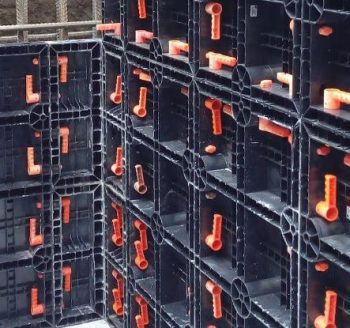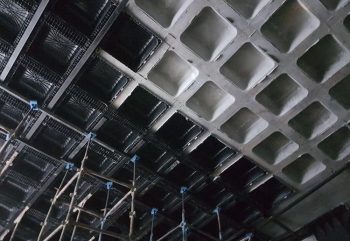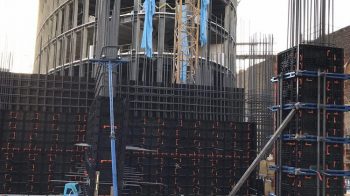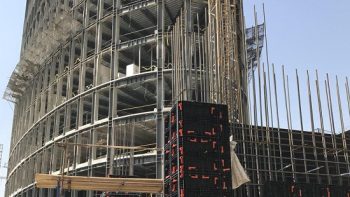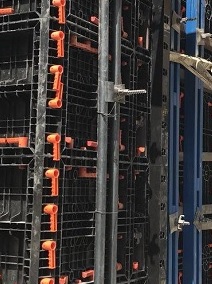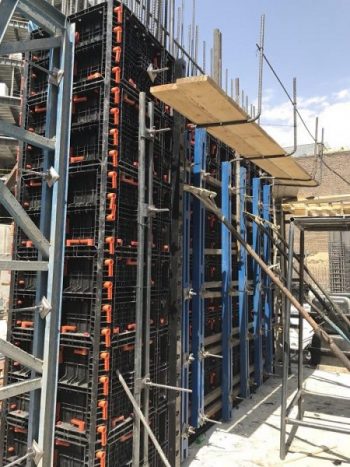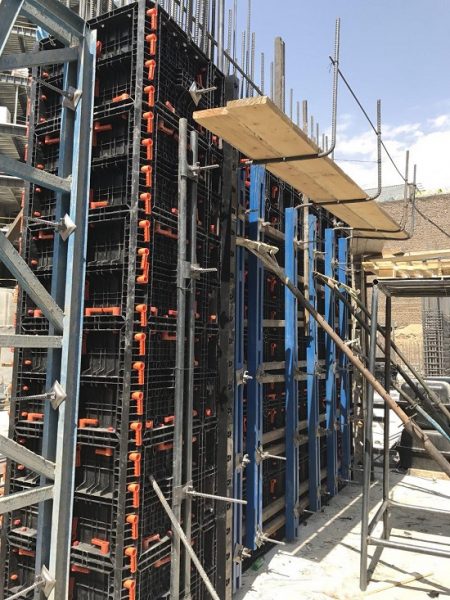 PIMI Special Report: One of the scales to measure the economical development of a country is the number of tower cranes that are working round the clock in a country’s cities and towns. Now, in many corners and attractive spots of tens and tens of cities in Iran, specially in the capital city of Teheran and several huge cities like Isfahan, Tabriz, Mashhad, Shiraz, Qom, Orumieh, etc., everybody can see countless of tower cranes that are working round the clock. This means a fast running economy and a fast developing construction industry. But are all equipment ready to fulfill the needs of constructors? PIMI has specially looked at a new model in a huge telecommunication project that is now vitally related to the plastics industry.
PIMI Special Report: One of the scales to measure the economical development of a country is the number of tower cranes that are working round the clock in a country’s cities and towns. Now, in many corners and attractive spots of tens and tens of cities in Iran, specially in the capital city of Teheran and several huge cities like Isfahan, Tabriz, Mashhad, Shiraz, Qom, Orumieh, etc., everybody can see countless of tower cranes that are working round the clock. This means a fast running economy and a fast developing construction industry. But are all equipment ready to fulfill the needs of constructors? PIMI has specially looked at a new model in a huge telecommunication project that is now vitally related to the plastics industry.
In any construction site, reliable and carefully calculated foundation, frames and base structures are the vital requisites for the project’s future, safety and the service life of the building. Also in countries like Iran which are over the earthquake faults, the total weight of the final structure and its strength play an important role in withstanding to the shock waves of the earthquake. All of these, in turn, need to a very strong, dedicated concrete and armed concretes plus ferrocement wherever it is necessary. Traditionally, and in most cases in the world the moulds made by wood, metals o silicon rubber are the main blocks for concrete injection or casting into the building’s main structure. Wooden moulds are disposables and not reliable and strong, and metal frames have short service life and may be used for 4-5 times.
Using plug and play or lock and unlock plastics moulds is a new technique for casting and injecting cement and concrete to shape the main structure, and as far as our investigation shows the Italians have been the pioneer of making collapsible, self tightening plastics moulds for concrete casting and metal rods’ placing in a building structure. These moulds, of course very expensive to be produced, have many advantages over the traditional methods, which includes: Lighter weights, faster assembly and dis-assembly, cleaner finish, least or even no leakage, very low porous surface, higher safety for workers, and less time consuming. these moulds could also be used 5-60 times and finally be recycled.
These kind of moulds have been produced in Iran according to an Italian model that has been modified in Iran. The moulds are used on a rental basis for the constructors, or on the basis of a contract between the producer and the constructor.
The Iranian company that has produced these moulds (name could not be disclosed) since two years ago, has developed also other moulds necessary for casting roofs and ceilings with plaster or cement in order to use the least possible construction heavy materials whereas fulfilling the engineering and calculations needed for the strength of every section.
The moulds are now in use for a huge project belonging to the Iranian telecommunication company. The photos shows the delicacy of the job that is traditionally not so clean as it is seen at these photos.
PIMI is trying to have an interview with the manufacturer of these moulds, when all the names will be disclosed for further references.The following photo gallery shows different views of under construction project with Iranian made cement and concrete casting moulds. The orange parts are locking-unlocking handles of the moulds.

